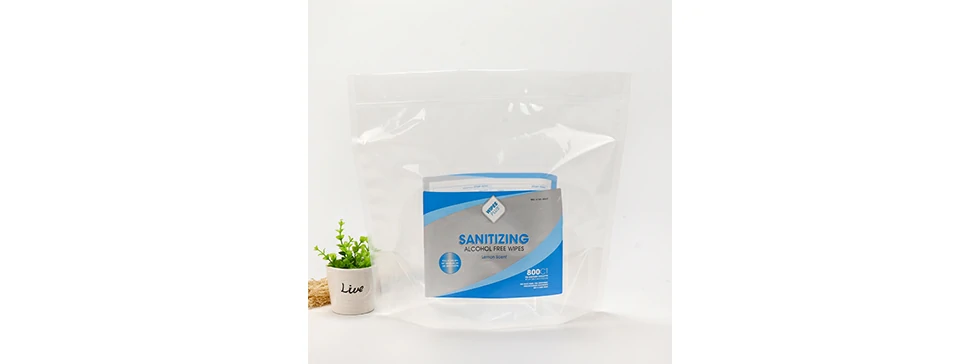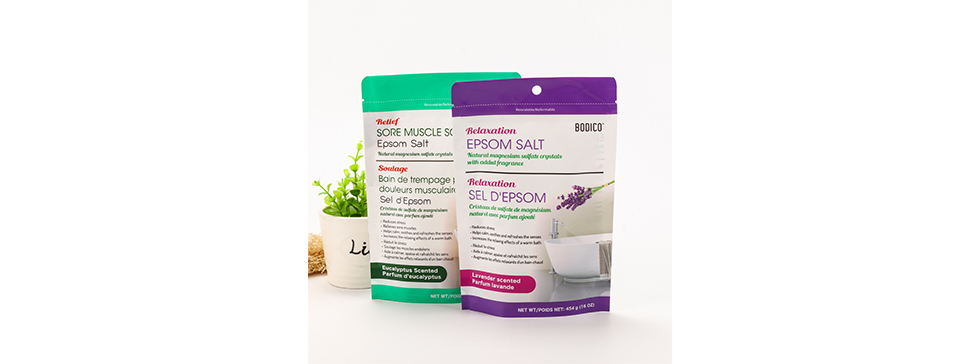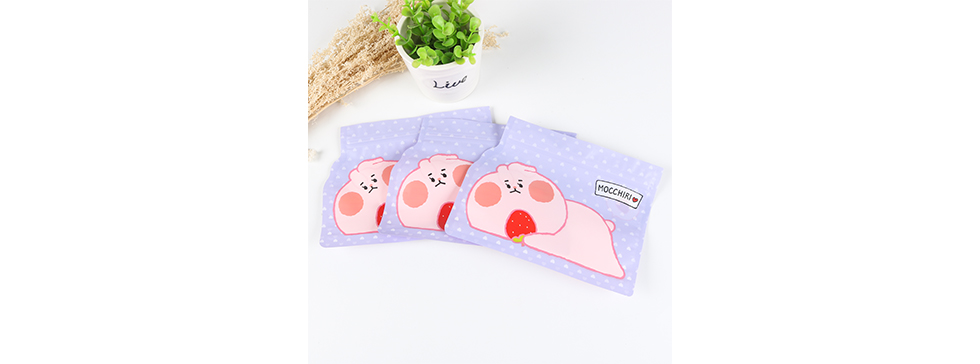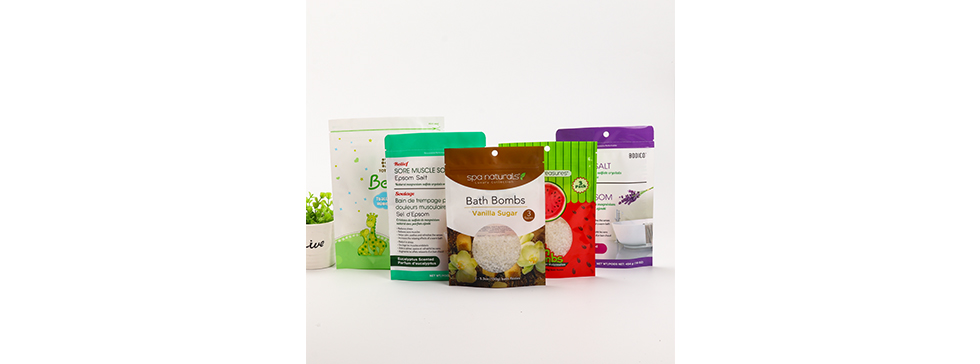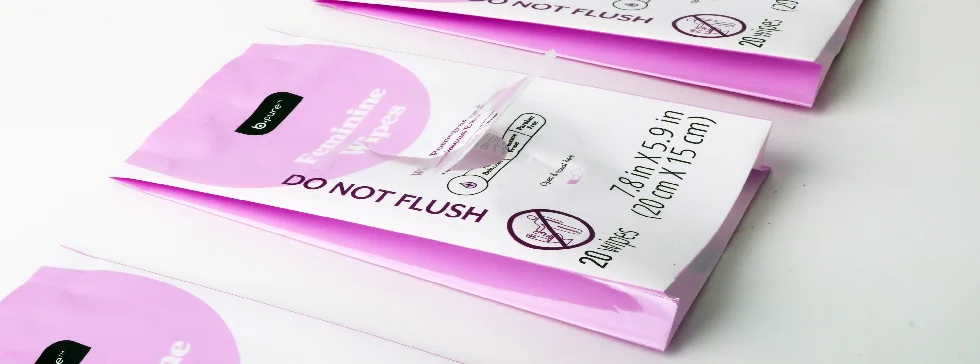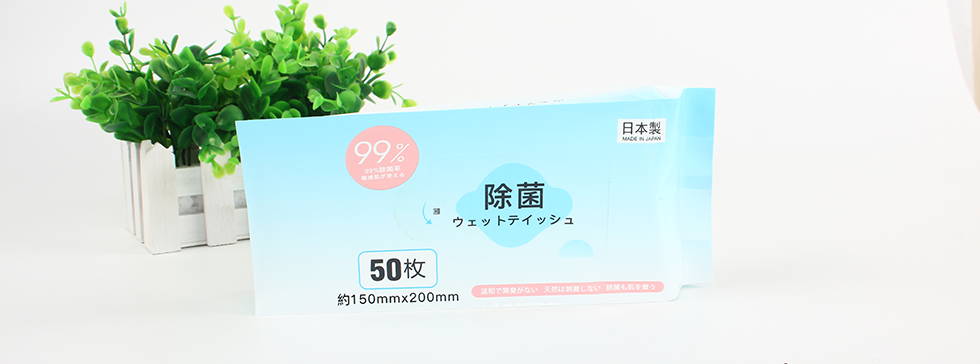OTHERS PACKAGING FILM
[category_short_description]
1. Polyethylene (PE)
Polyethylene is one of the most widely used materials for packaging films due to its versatility and cost-effectiveness. PE films are available in various densities, including:
- Low-Density Polyethylene (LDPE): LDPE films are flexible, lightweight, and provide good moisture resistance. They are commonly used for packaging food items, consumer products, and general merchandise.
- High-Density Polyethylene (HDPE): HDPE films are stronger, stiffer, and offer excellent barrier properties against moisture, oxygen, and chemicals. They are suitable for packaging heavy-duty products, industrial goods, and bottles.
- Linear Low-Density Polyethylene (LLDPE): LLDPE films combine the flexibility of LDPE with the strength and toughness of HDPE. They are often used for packaging produce, frozen foods, and shrink wrap applications.
2. Polypropylene (PP)
Polypropylene is another widely used material for packaging films due to its high strength, rigidity, and clarity. PP films are:
- Strong and Durable: PP films have excellent tear and puncture resistance, making them suitable for packaging sharp or heavy objects.
- Transparent: PP films provide good clarity, allowing consumers to view the product inside the packaging.
- Versatile: PP films can be used for a variety of applications, including food packaging, flexible packaging, and industrial packaging.
3. Polyvinyl Chloride (PVC)
Polyvinyl chloride is a versatile material that offers a range of properties for packaging films:
- Rigid or Flexible: PVC films can be produced in both rigid and flexible forms, depending on the desired application.
- Transparent or Opaque: PVC films can be transparent, allowing product visibility, or opaque, providing protection from light.
- Barrier Properties: PVC films offer good barrier properties against moisture, oxygen, and chemicals, making them suitable for packaging sensitive products.

